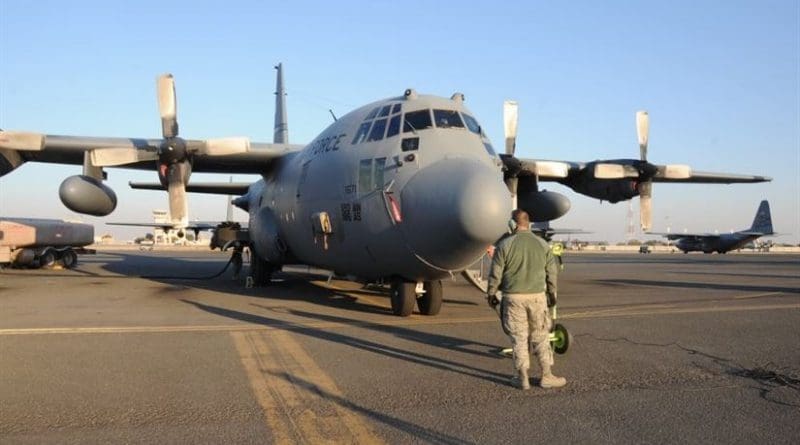US Defense Official Says Islamic State On Trajectory Toward Lasting Defeat
By DoD News
By Terri Moon Cronk
Despite a long road ahead for the U.S.-led coalition in its fight to counter the Islamic State of Iraq and Syria, the enemy is being degraded by every measure and is on a trajectory to lasting defeat, a defense official told reporters on background Wednesday.
In Iraq, with eastern Mosul liberated and the fight to retake western Mosul ongoing, liberating the city from ISIS’ control is an important step in defeating the enemy, the official said. Without Mosul from which to recruit, train and plan attacks, and from which to project atrocities into Europe and the U.S. homeland, the coalition has seen ISIS’ flow of foreign fighters and external support diminish significantly, the official added.
By denying them unfettered access to Mosul, its population and Iraq’s natural gas and oil revenue, ISIS’s ability to raise money and sustain its forces has been systemically reduced, the official said.
Retaking Mosul will also be a symbolic victory after ISIS announced the birth of its “phony” caliphate from Mosul’s great mosque in 2014, the official said, noting that without a power base in Iraq, ISIS’ claims of legitimacy as a credible, alternative state are being exposed as a fallacy.
The official said while the fight for western Mosul is tough in complex, urban terrain, the United States is confident in the Iraqi’s plan and willingness to eradicate ISIS with the support of the coalition.
Operations in Syria Progressing
Progress in Syria to liberate key cities from the enemy also is evident, the official noted, citing the recent liberation of Bab, which was the last major city ISIS held west of its proclaimed capital of Raqqa.
Bab lies at the intersection of four major Syrian cities, and its gain by Syrian Democratic Forces severed key ISIS logistical corridors and restricted the enemy’s ability to move fighters and essential equipment, the official said, noting that ISIS also lost the ancient Roman city of Palmyra, which was the only territorial expansion ISIS had made since 2015.
Another threat to ISIS lies in the remnants of its caliphate that’s centered around the Euphrates River between Syria and Iraq, the official said, noting that ISIS has limited ability to cross the river and has been driven to use ferry systems to move from one river bank to the other, and they cannot transit the river unimpeded.
High-Level Leaders Taken Out
ISIS has lost a “host” of high-level leaders after many were killed and the remaining fled, the official said. And as mid-level operational commanders are killed, they are being replaced by inexperienced fighters who are not able, in many cases, to marshal ISIS’ dwindling forces, the official added.
ISIS has also been observed turning on itself. U.S. officials have seen reports of Iraqi fighters killing foreign fighters and rejecting the preferential treatment they’re sometimes given, the official said. There are also indications of intensified hunts for spies within the organization when ISIS suspects one of its own is providing targeting information to coalition forces.
The enemy is not a unified force, the official said, adding that ISIS is being beaten back in the face of increasing pressure and is struggling to maintain power with higher taxes, sagging morale, increasing recruitment of children and the elderly, and increased executions. Those are all indications of a desperate organization falling under sustained pressure, the official said.

